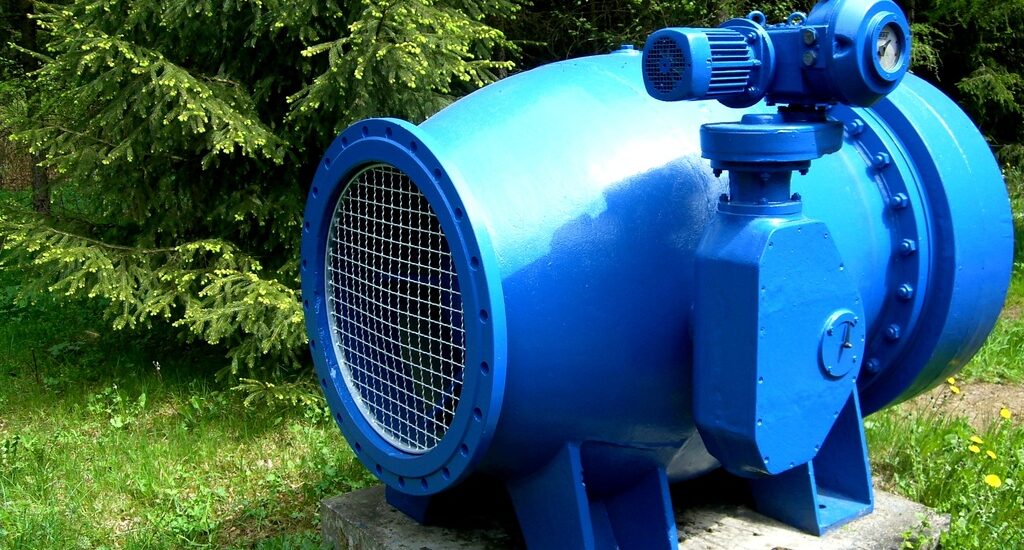Water is one of the most vital resources on our planet, and ensuring access to clean, potable water is essential for human survival. In many situations, having a reliable and efficient water storage solution becomes paramount, especially in areas where conventional water storage methods may not be feasible or practical. This is where water bladder tanks come into play. In this comprehensive guide, we will delve into what water bladder tanks are, how they work, their uses, benefits, and considerations.
What is a Water Bladder Tank?
A water bladder tank, also known as a flexible water tank or pillow tank, is a collapsible container designed for the temporary or long-term storage of liquids, specifically water. These tanks are typically made from durable materials such as reinforced PVC or polyurethane, which are both flexible and resistant to punctures, tears, and UV radiation.
How Do Water Bladder Tanks Work?
Water bladder tanks function on a simple yet ingenious principle. When empty, they lie flat or rolled up for convenient storage and transportation. However, when filled with water, they expand and take on the shape of the container they are placed in, whether it be a crawl space, basement, truck bed, or any other suitable location.
These tanks feature inlet and outlet valves for easy filling and dispensing of water. The inlet valve allows for the connection of a hose or pipe to fill the tank, while the outlet valve enables controlled release of water as needed.
Uses of Water Bladder Tanks
Water bladder tanks find application in a diverse range of settings and industries:
- Emergency Water Storage: In disaster-prone areas or during emergencies such as hurricanes, earthquakes, or droughts, water bladder tanks provide a convenient and portable solution for storing emergency water supplies.
- Remote Locations: For construction sites, mining operations, military camps, and other remote locations lacking access to conventional water infrastructure, water bladder tanks offer a reliable means of storing and transporting water.
- Agriculture and Irrigation: Farmers and agricultural businesses use water bladder tanks for irrigation, livestock watering, and crop spraying, especially in areas where water sources are scarce or unreliable.
- Rainwater Harvesting: Water bladder tanks can be integrated into rainwater harvesting systems to collect and store rainwater for various non-potable uses such as landscaping, flushing toilets, and washing vehicles.
- Temporary Water Storage: During events, festivals, or construction projects, water bladder tanks serve as temporary storage solutions for supplying water to attendees, workers, or equipment.
Benefits of Water Bladder Tanks
- Space Efficiency: When not in use, water bladder tanks can be folded or rolled up, occupying minimal storage space compared to rigid water storage tanks.
- Portability: Their lightweight and flexible design make water bladder tanks highly portable, allowing for easy transportation and deployment in remote or inaccessible areas.
- Customization: Water bladder tanks come in various sizes and shapes, allowing for customization to suit specific storage requirements and spatial constraints.
- Cost-Effectiveness: Compared to traditional rigid tanks, water bladder tanks are often more cost-effective, both in terms of initial purchase price and installation costs.
- Durability: Constructed from high-quality materials, water bladder tanks exhibit excellent durability and resistance to environmental factors such as UV radiation, chemicals, and temperature fluctuations.
Considerations When Using Water Bladder Tanks
- Maintenance: Regular inspection and maintenance are essential to ensure the integrity and longevity of water bladder tanks. This includes checking for leaks, cleaning, and proper storage when not in use.
- Compatibility: Ensure compatibility with the intended application and the type of liquid being stored, as some materials may not be suitable for certain liquids or environments.
- Site Preparation: Proper site preparation, such as ensuring a flat, stable surface free of sharp objects, is crucial to prevent damage to the tank and ensure optimal performance.
- Capacity and Sizing: Select a water bladder tank with an appropriate capacity and size to meet your specific storage needs while considering space limitations and logistical constraints.
In conclusion, water bladder tanks offer a versatile, efficient, and cost-effective solution for temporary or long-term water storage in a wide range of applications. Whether used for emergency preparedness, agricultural irrigation, or remote water supply, these flexible containers provide a reliable means of ensuring access to clean, potable water whenever and wherever it’s needed most. If you’re looking for quality water bladder tanks, you can visit this website for more information.

